Economy Watch: U.S. Population Still Graying
The median age of the U.S. population rose from 35.3 years in April 2000 to 37.9 years in July 2016, according to new Census Bureau population estimates. A shift that will affect demand for retail and residential real estate.
By Dees Stribling, Contributing Editor
The nation’s population has a distinctly older age profile than it did 16 years ago, according to new Census Bureau population estimates released on Friday. The millennial generation might be a bit larger, but that won’t keep the aging baby boomers from making the nation an older place (as has happened in Europe and Japan already). That kind of shift promises to affect demand for retail and residential real estate, especially senior housing.
New detailed estimates from the bureau show the nation’s median age—the age where half of the population is younger and the other half older—rose from 35.3 years in April 2000, to 37.9 years in July 2016. In raw numerical terms, residents age 65 and over grew from 35 million in 2000 to 49.2 million in 2016, accounting for 12.4 percent and 15.2 percent of the total population, respectively.
“The baby boom generation is largely responsible for this trend,” said Peter Borsella, a demographer in the Population Division. “Baby boomers began turning 65 in 2011 and will continue to do so for many years to come.”
Every state experienced either an increase or had the same median age as a year earlier. At 44.6 years, the median age in Maine is the highest in the country. Utah had the lowest median age (30.8 years), followed by Alaska (33.9 years) and the District of Columbia (33.9 years).

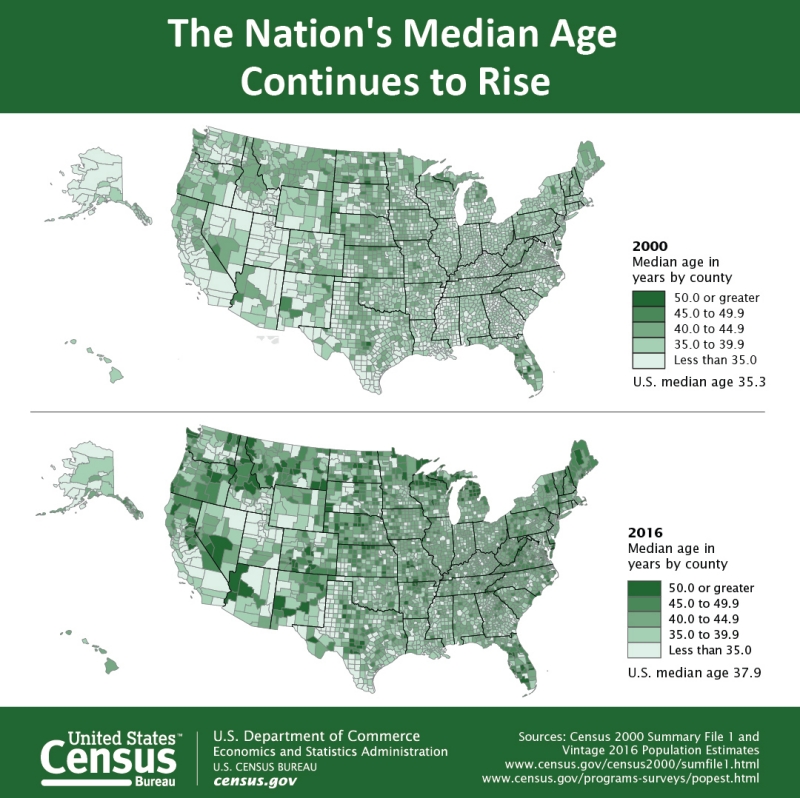

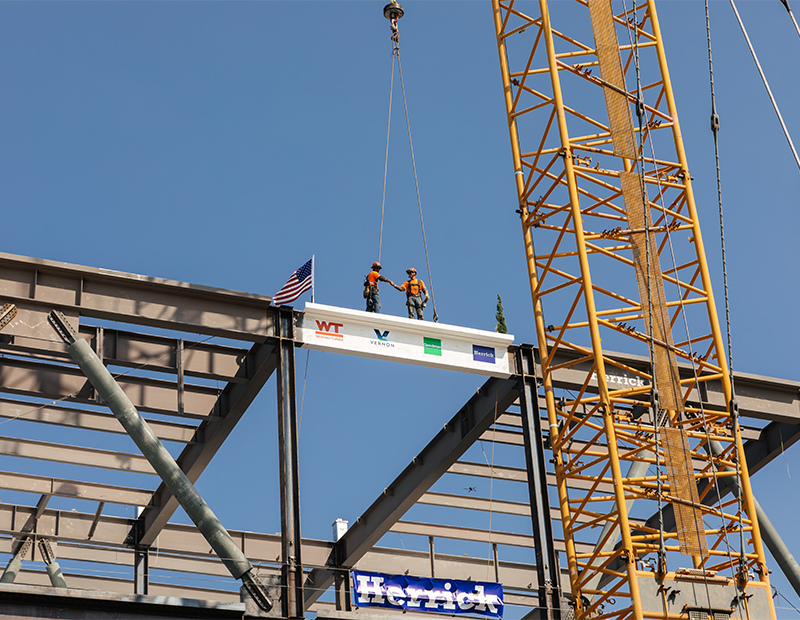
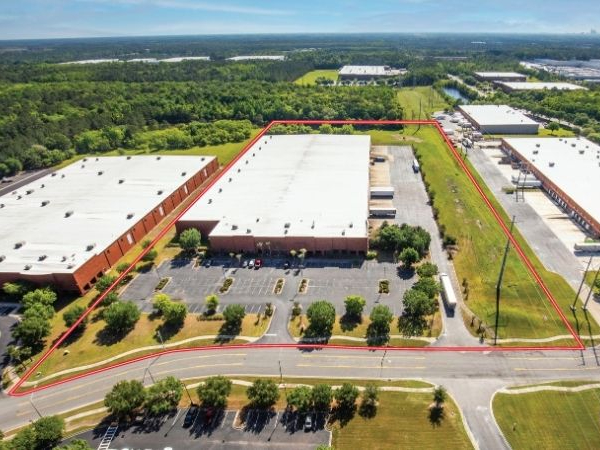

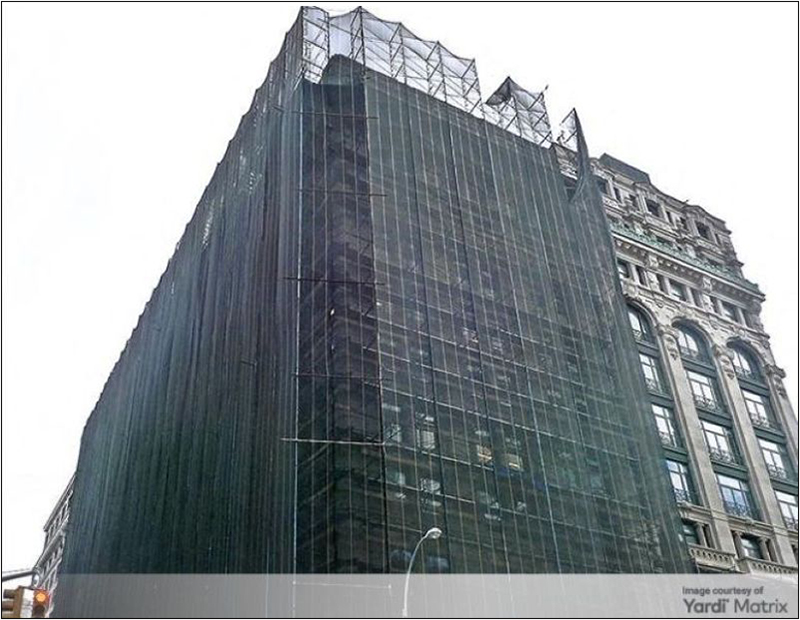
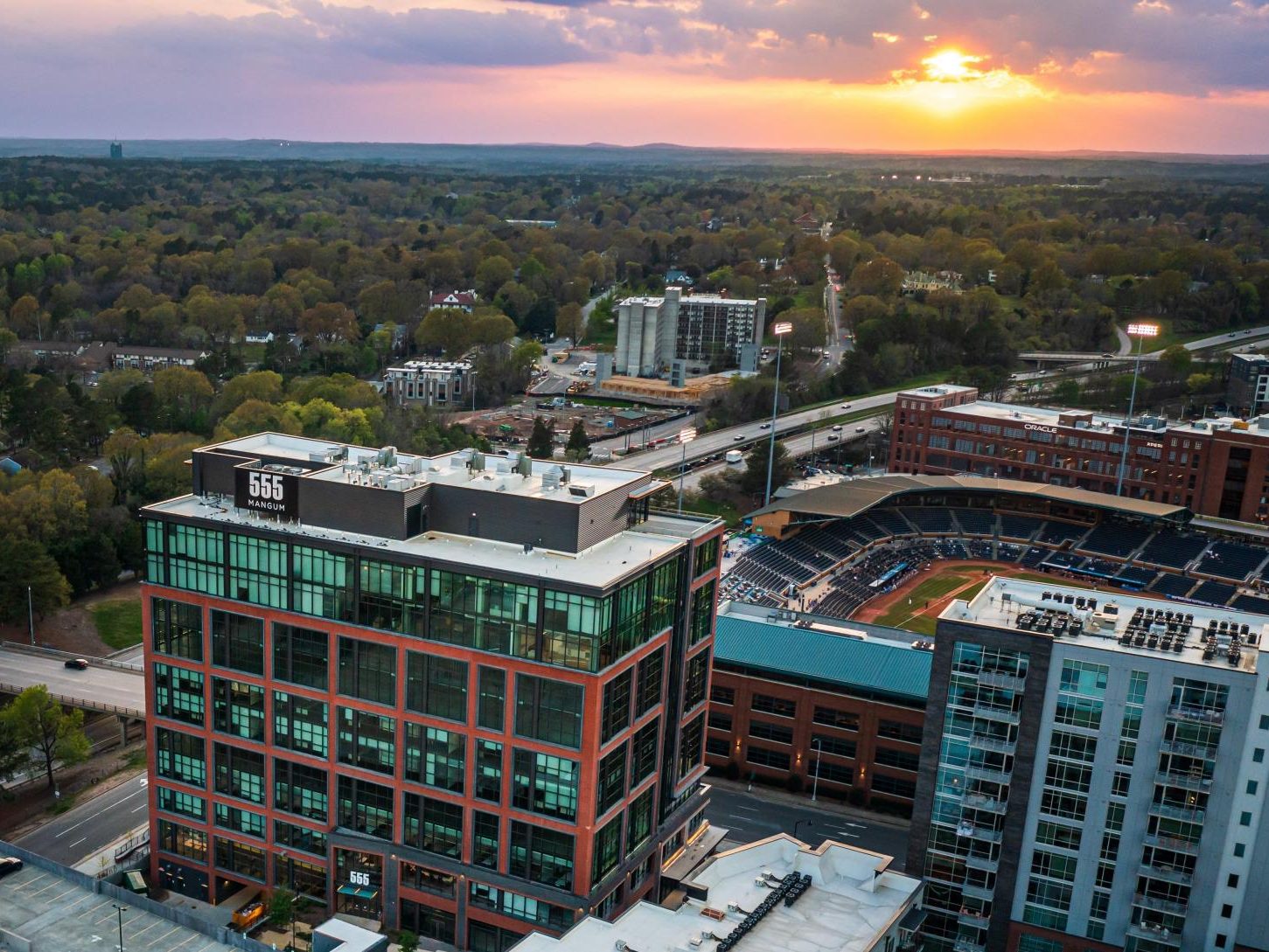
You must be logged in to post a comment.